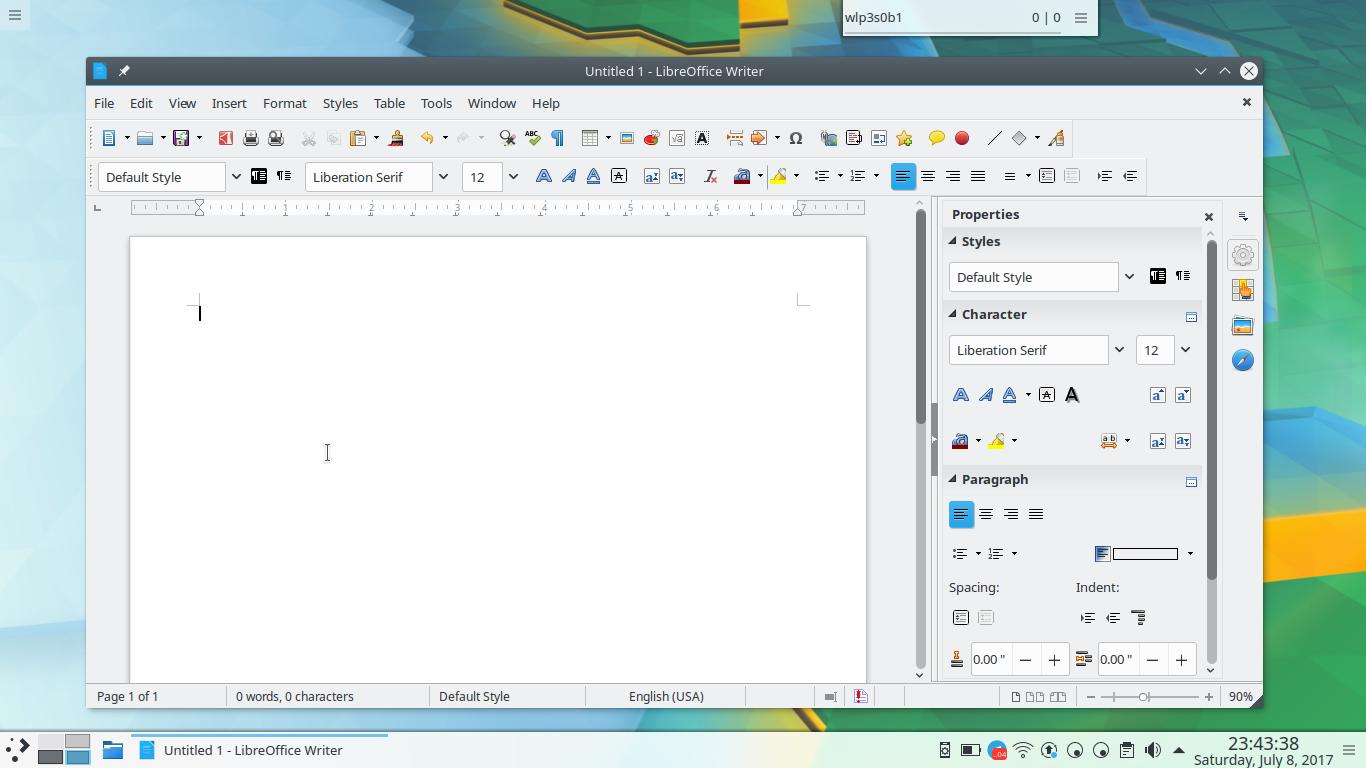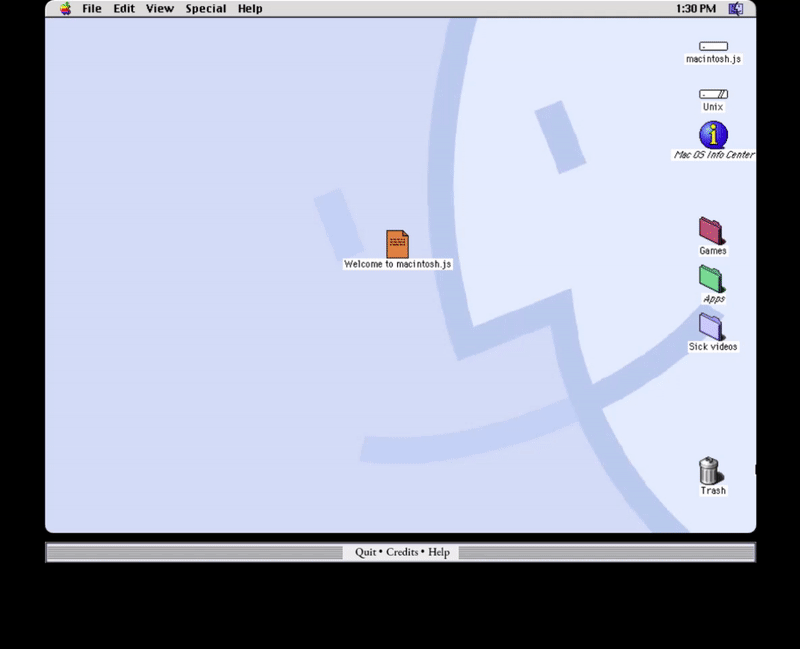

- Install gnu bash on mac os how to#
- Install gnu bash on mac os mac os x#
- Install gnu bash on mac os install#
I open the Emacs.app just like any ordinary mac apps via Dock, Launchpad, Spotlight etc. So Spotlight may not find it (tested on macOS Sierra 10.12.2).
Install gnu bash on mac os install#
Install Emacs with homebrew: brew install emacs -srgb -with-cocoa -with-d-bus -with-imagemagick. Brew version works well with respect to packages. To instead use the Yamamoto Mitsuharu version of Emacs 25.2 (with more mac-specific features): I do need to use basic git for now. brew install -cask emacs-mac There are three available versions, emacs-mac, emacs-mac-official-icon, emacs-mac-spacemacs-icon. Note: Sometimes emacs doesn't run on the normal Mac Terminal. The Emacs from works in GUI mode on the Mac M1. It is easier to use’dnf install chn install emacs'(Red Hat and derivatives use’yum’in older distributions) or’apt-get install chn install it by running (as root) a command such as’dnf install… This will let you use Emacs terminal version. On some systems, the package name must include the Emacs version number, such as emacs-27.1, instead of emacs. The terminal still opens the pre-install Emacs version.
Install gnu bash on mac os mac os x#
(Cocoa / Mac OS X UI) Features: Colorful but muted Soothe running for a terminal, Mac OS X UI/ Cocoa Easy to install Conclusion.

add ~/path/to/cloned/emacs/src to your $PATH. You can also find Emacs in brew but then you can only run it in a terminal not as a standalone X application.
Install gnu bash on mac os how to#
How to Find Files and Folders on Mac - Wondershare Here's a quick run-through of both processes. The answer given here won't work, because the version of Emacs installed as /Applications/Emacs is 25.1.1. Use the following Apt-get command in a terminal window to get it up and running. To make the new version available you have to create a bash-script and put it in your $PATH. To install emacs, run the following command in macOS terminal (Applications->Utilities->Terminal) sudo port install emacs. Homebrew installations of Emacs can be done using Snap. While that is all that you need to know to use wget for downloading files, there are many other commands that’ll enable you to control its usage and you can access them within your terminal in wget’s man page or online.So in this post, I’m going to show you how to install Homebrew on Mac. r (or -recursive) and -np (or -no-parent) tells wget to follow links within the directory that you’ve specified. The -e robots=off flag tells wget to ignore restrictions in the robots.txt file which is good because it prevents abridged downloads. Downloading a directory # wget -e robots=off -r -np the wget command, -X to indicate the file path (unless you want to save the downloaded content to your current working directory), and the public link. Downloading a single file # wget -X path/to/py # brew install wgetĪs long as a file or directory’s URL is publicly accessible, you can download it and files can be downloaded singly or recursively when downloading directories.

Next, install wget command-line download client. Install Homebrew using the following command, it will also install Xcode’s command line tools if they aren’t already installed: # /bin/bash -c "$(curl -fsSL )" Don’t worry if you don’t have it installed, I’ve got you covered: There are alternatives like Fink and MacPorts but I prefer using Homebrew.


 0 kommentar(er)
0 kommentar(er)
